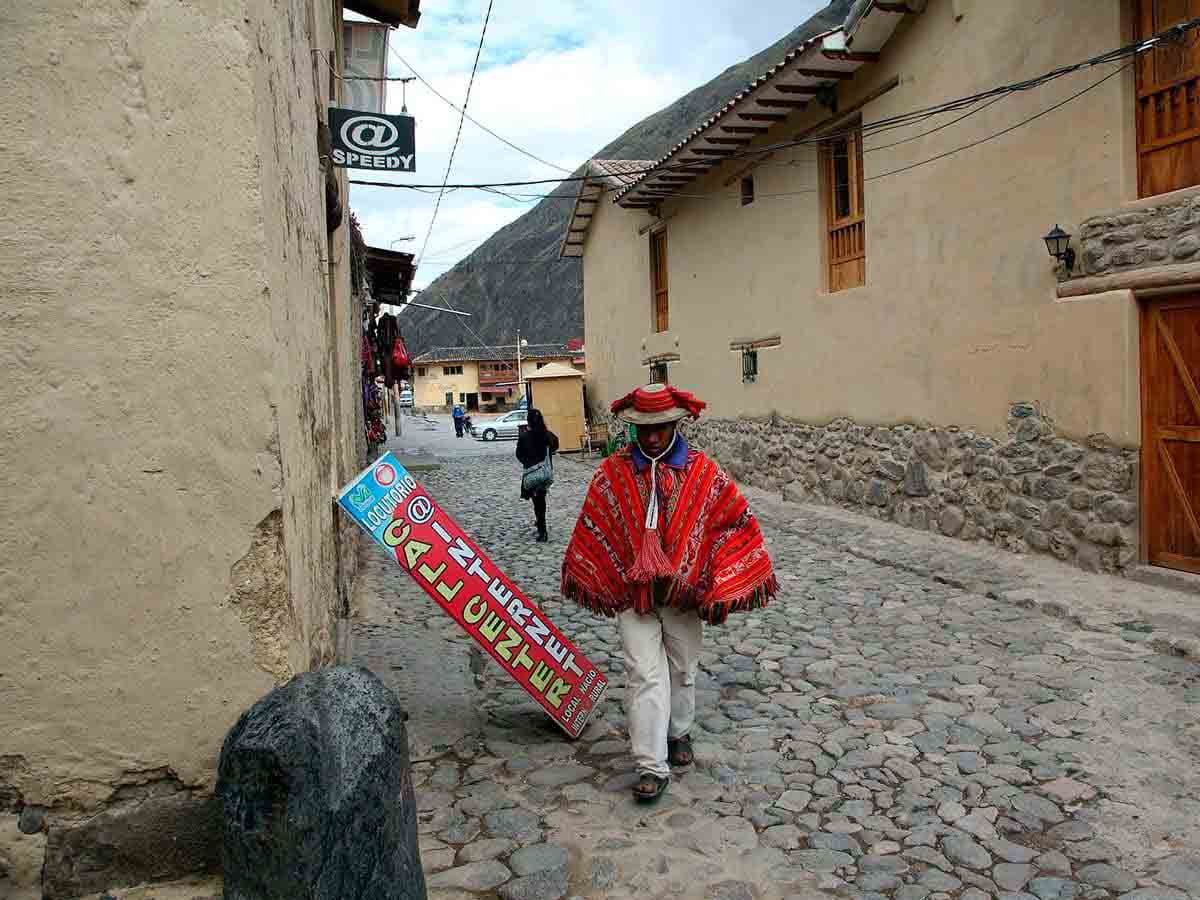
A country is identified by its landscapes, by its music, by its dances, by its color, by its people and without any doubt by its clothes. Clothing is not only part of a generation or a time, it is also part of a part a country or a region. The Peruvian hat is a clear example of this.
Peru is a country with several regions, with innumerable festivities, it is a country in which its people are a tasty mixture of ingredients and races, each city has its own identity but without losing that mixture of colors and flavors. All this is demonstrated not only in their food, but also in the clothing that belongs to each town and its parties. What do people wear in Peru? Let's learn a little more about the Peruvian dress.
The costumes of the mountains are characterized by the color of their skirts and ponchos, above all in the departments of Arequipa, Cusco, Cajamarca, Ayacucho, Puno and among other cities of the mountains, although the styles of clothing are different there is something that characterizes them equally, are made of vicuña wool or some of beautiful auquénidos that our mountain range has, to protect themselves from the cold the inhabitants of this area of Peru use the chullo, which is like a wool cap that covers the ears. The scissors dancers adorn their suits with mirrors and embroider their god on the back.
On the coast, their ponchos and skirts are made of cotton, although to dance marinera the cotton was replaced by silk for women. Men's suits usually have a hat made of straw to protect them from the sun.
In the jungle, men and women of some ethnic groups wear a tunic sewn on the sides and adorned with geometric figures and tints of the region, that tunic is called as cushma.
Men usually wear pieces of clothing in the form of rhombuses which is the poncho that has bright colors and a lot of warmth. It is a large piece with an opening in the middle to put the head. There are many different types (depends on the region) and they are used depending on their purpose. Although there are men who use it daily, it is usual to use it for special events.
We must also bear in mind that men in Peru wear hats with special bands called "centillo". They are colorful and very festive, although the most popular hat is the chullo. The chullo is an article made by hand, knitted, with earflaps and tassels, it is made of alpaca, llama, vicuña or wool of sheep.
The pants are simple and the sweaters made of alpaca, llama or sheep wool. Jerseys are warm and often have geometric ornaments and patterned animal designs.
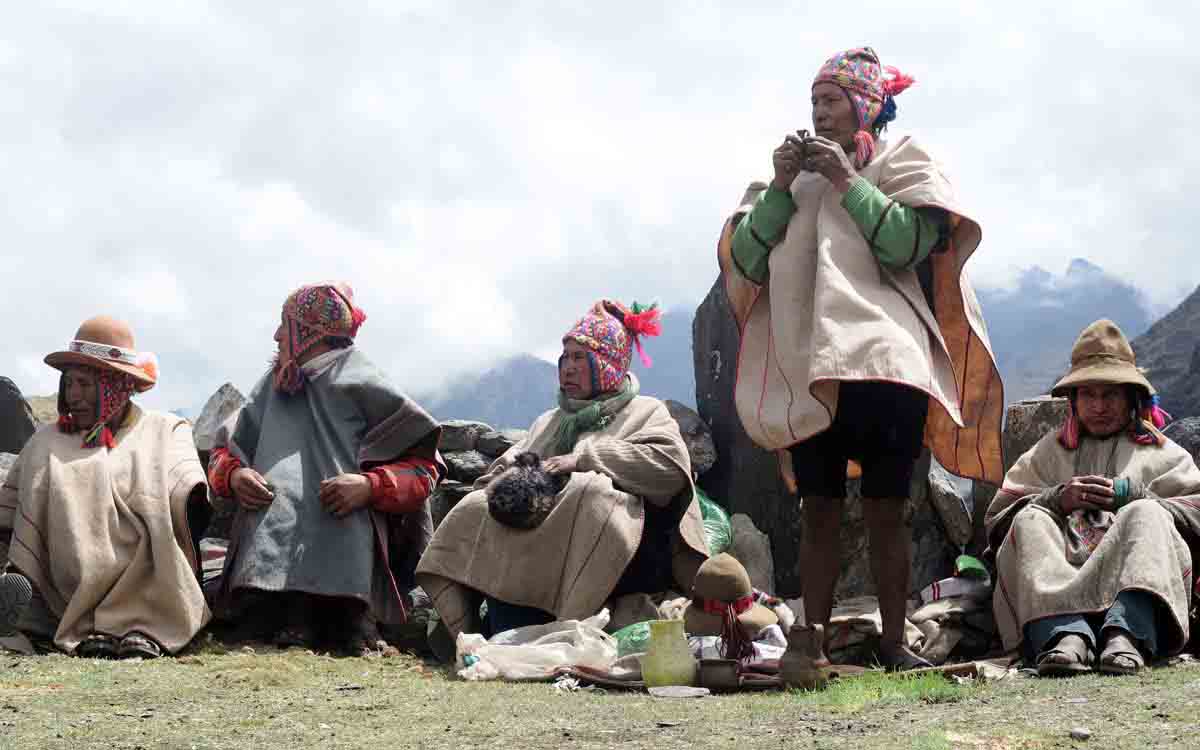
The main parts of the typical clothing of the women of this country are: ponchos, dresses, blankets, skirts, tunics and hats. Each costume or piece of clothing differs greatly between one region and another, because in this way they can show the peculiarities of each city or town. For example, people can tell if a woman is from a town or city by looking at her hat or if she comes from a rich or poor family.
Women often wear cloth on the shoulders, which are rectangular pieces of hand-woven cloth. It is a traditional part and this manda is placed on the shoulders and immobilized by passing it across the forehead and knotting it in the front of the chest. Women also used to have handmade pins called "tupu" or tupo "and they used to be decorated with precious stones. Nowadays they often use safety bolts. The cloths on the shoulders worn by women are called: lliclla, k'eperina, awayu and unkuna and are differentiated by the following:
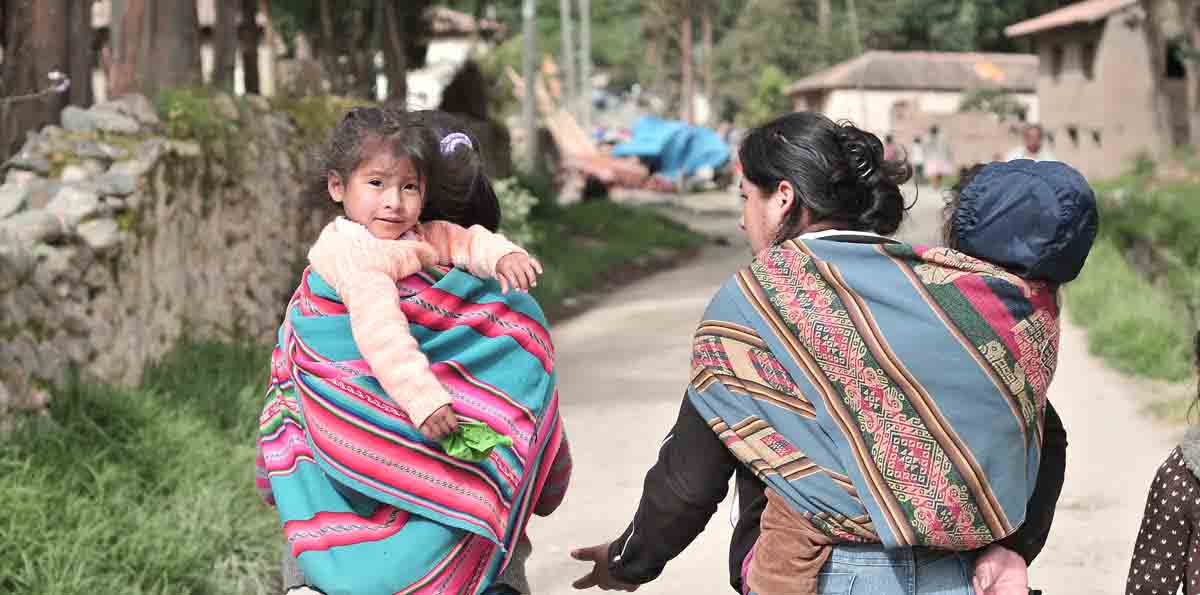
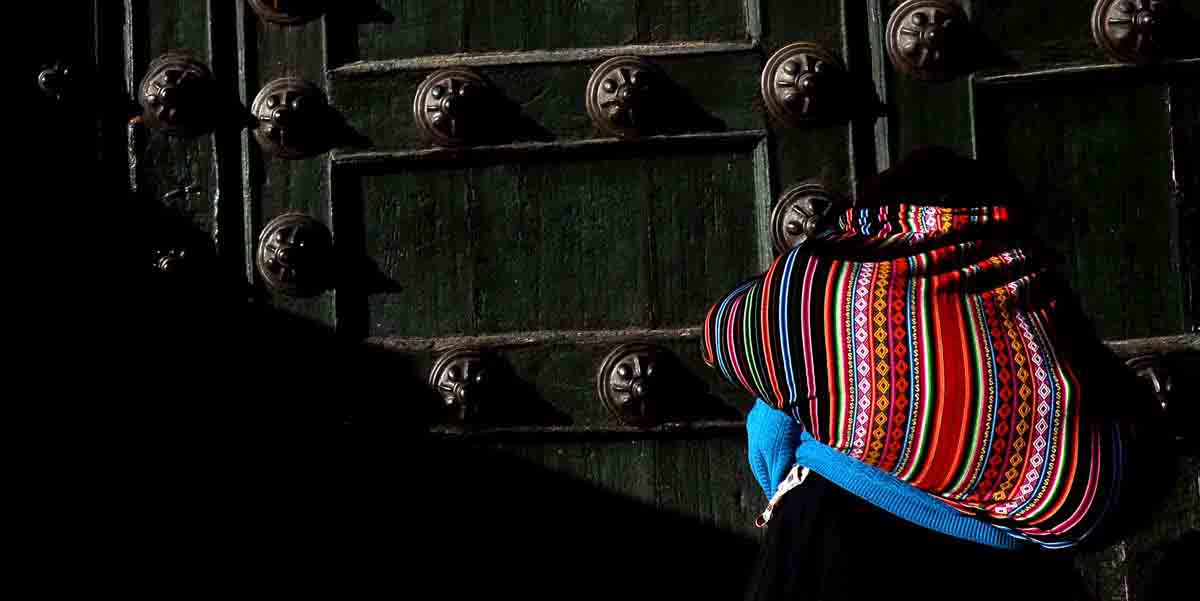
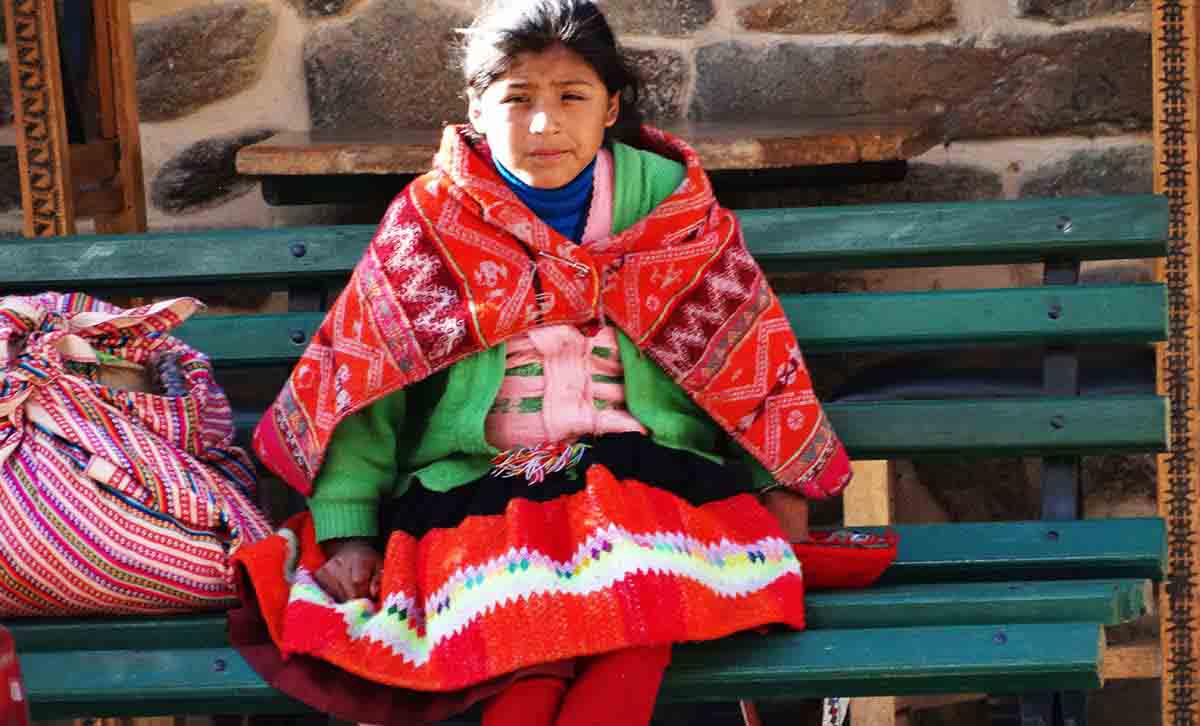
vians are excellent artisans, their clothes are homemade even now in our 21st century and can be appreciated as if they were traditional garments used centuries ago. In Peru, people wear ponchos, dresses, blankets, sweaters, layered skirts, tunics, hats, chullos and other native pieces of clothing. The traditional costume of Peru is very colorful and bright, it is beautiful and very original although the clothes are quite thick. Tourists wonder what do people wear in Peru, and then get admire the beauty of handmade clothing and always wear some memorabilia from the Peruvian markets, and that is no wonder!
